Texte intégral (1693 mots)
This story was originally posted by Greenpeace Argentina in Spanish.
Clearing and deforestation are aggressively advancing on the native forests of northern Argentina, according to a recent report from Greenpeace Argentina based on satellite monitoring imagery.
To understand the magnitude of the damage caused, the images below show some of the highlights from this new investigation along with part of the photographic survey of cleared areas.
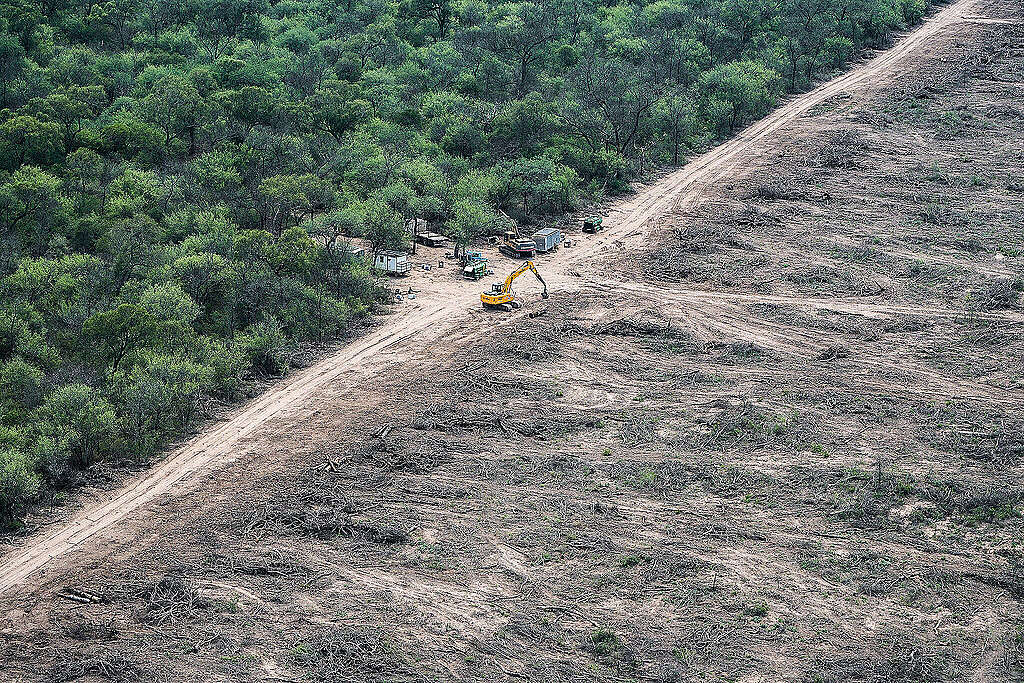
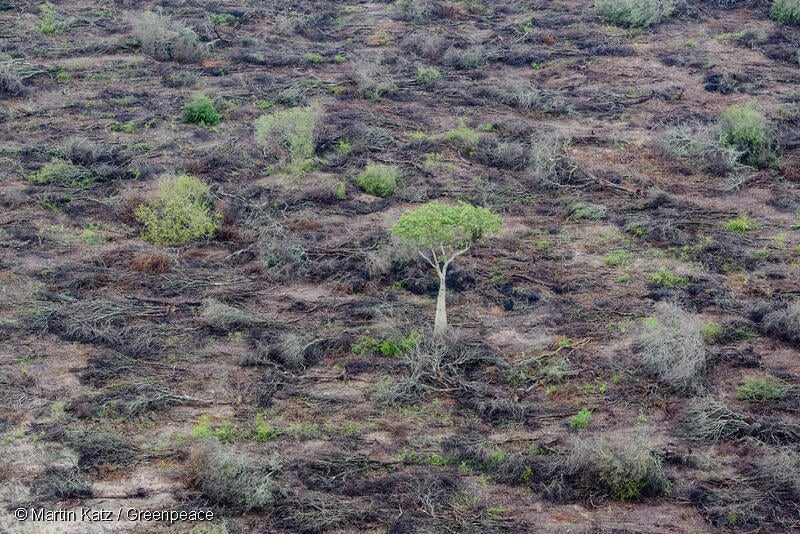
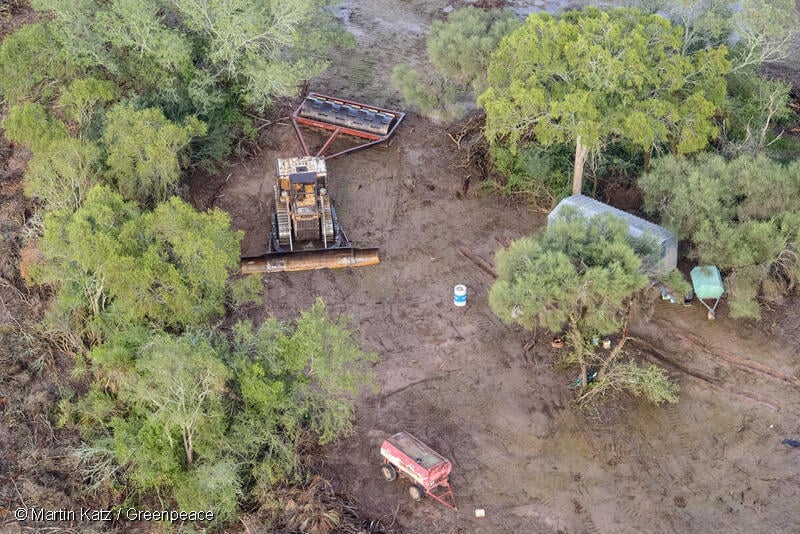
During 2023, 126,149 hectares of native forests were lost in the north of the country, 6.2% more than in 2022.
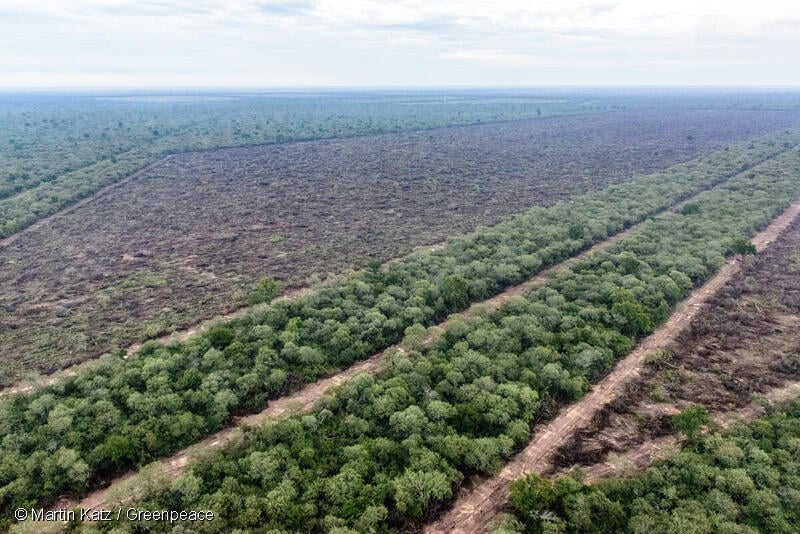
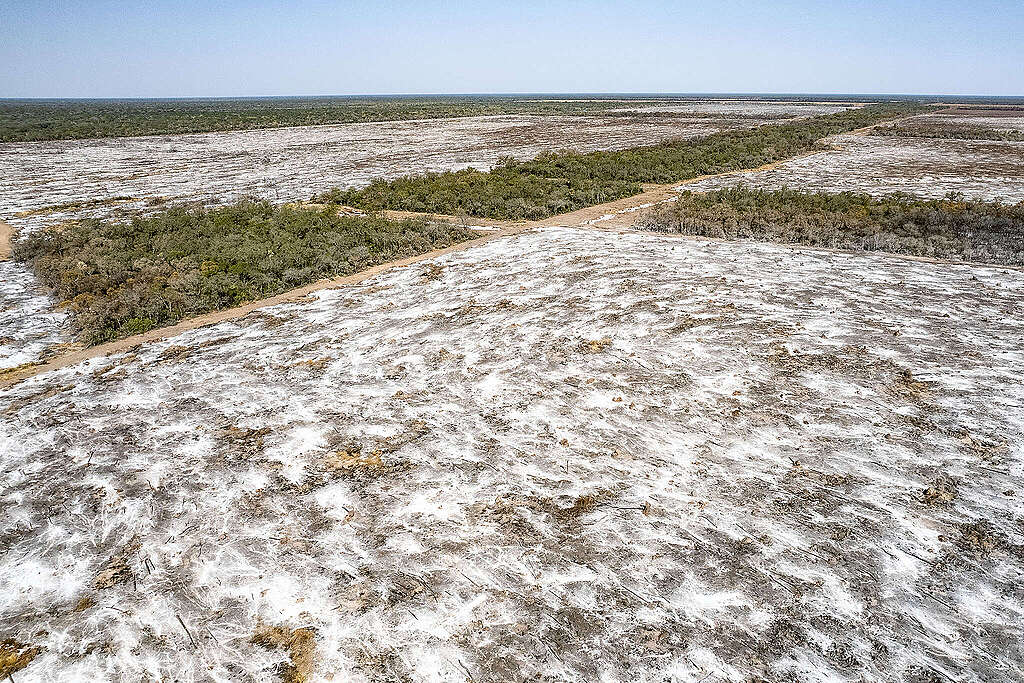
It’s clear that there was an increase in land clearings last year, especially illegally.
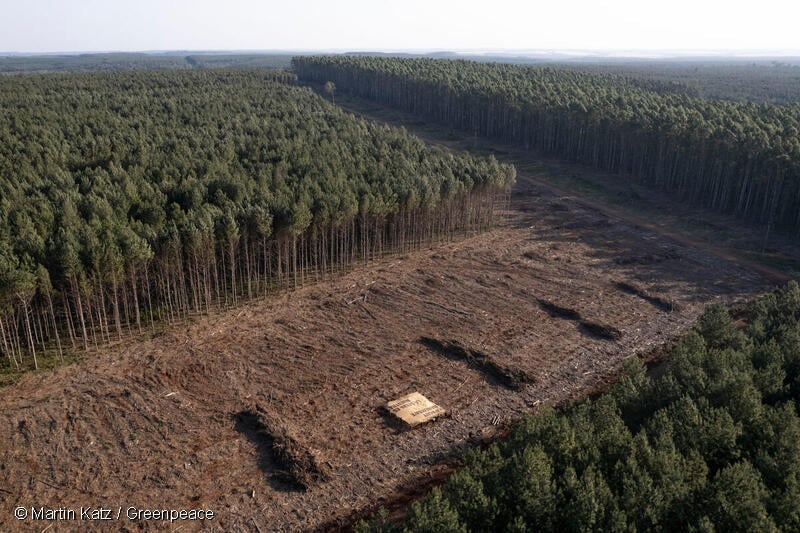
100% of the clearings in Chaco and 80% of the clearings in Santiago del Estero were illegal.
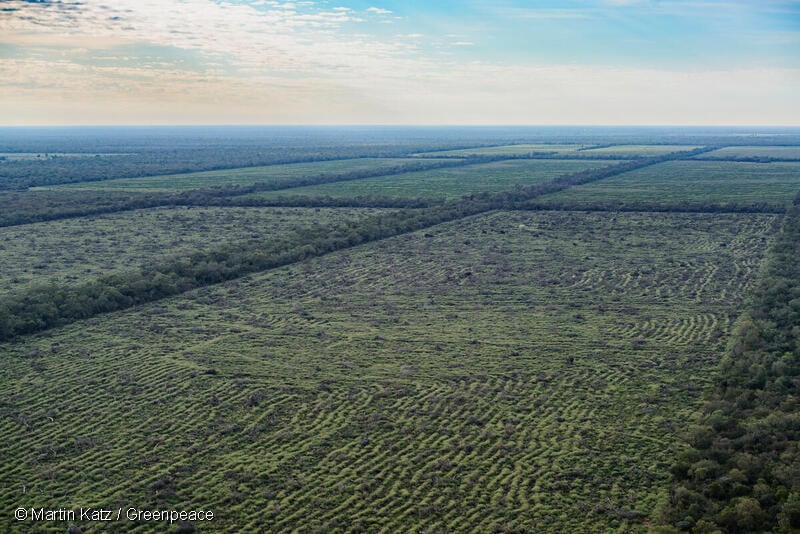
The main cause of the loss of native forests in Argentina is the growth of the agricultural industry, mainly for intensive livestock farming and genetically modified soybeans, which are mostly exported to Asia and Europe.
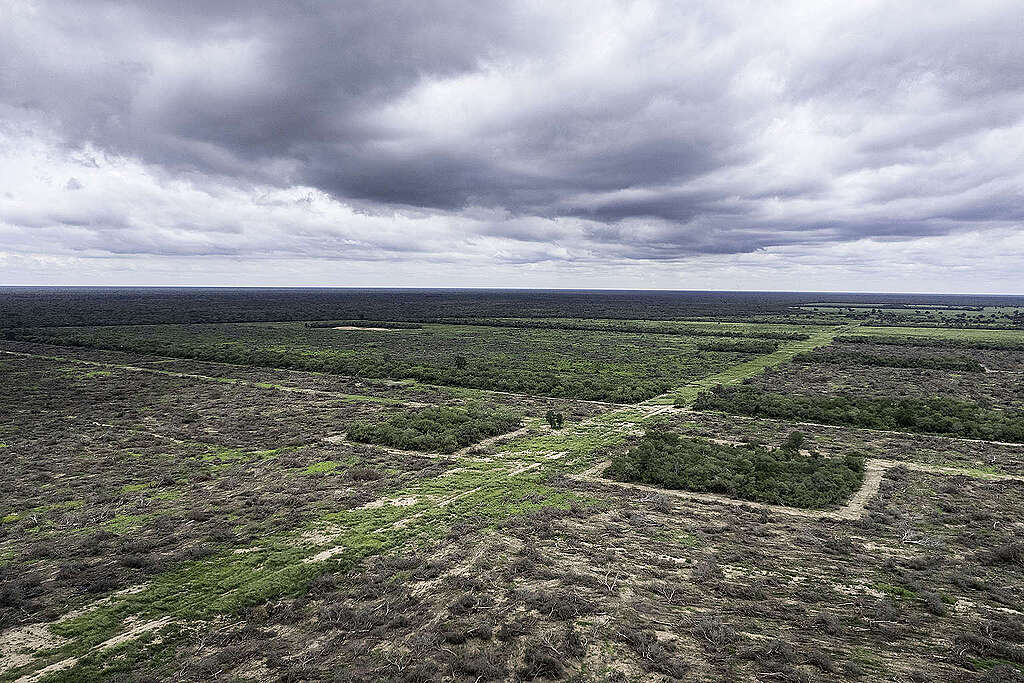
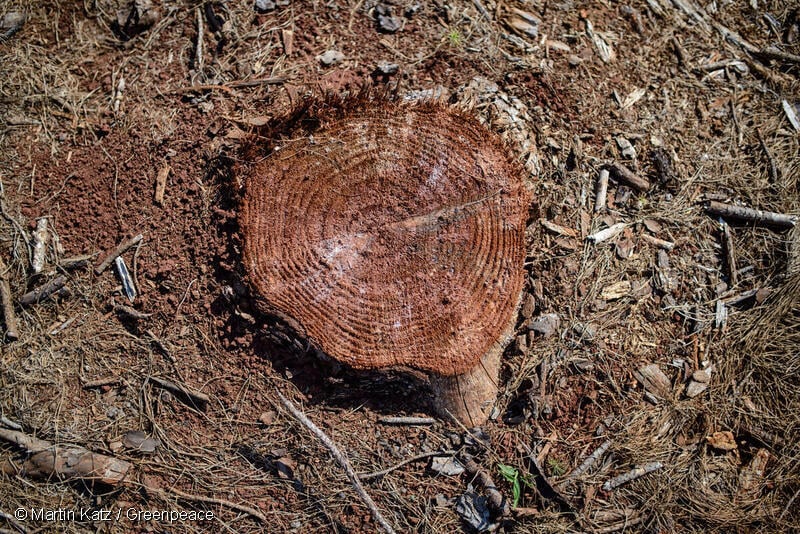
The increasing levels of deforestation in Argentina and around the world intensify the consequences of climate change, which range from more and frequent extreme weather events, to the extinction of species, displacement of native and Indigenous communities and impacts on human health.
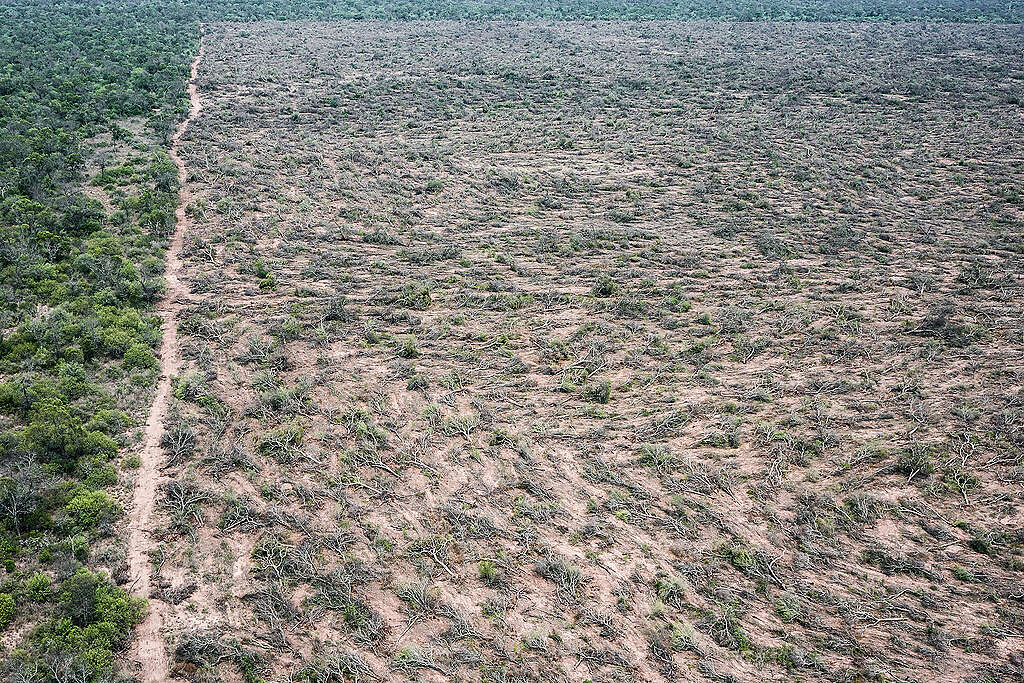
Meri Castro is a Digital Content Creator at Greenpeace Andino.
Texte intégral (1520 mots)
Oceans are life and all life is connected.
Wherever we live, we need the oceans. And the oceans need all of us, everywhere, to push for their protection. There is no green and just future anywhere without protection for our blue oceans and all who depend on them.
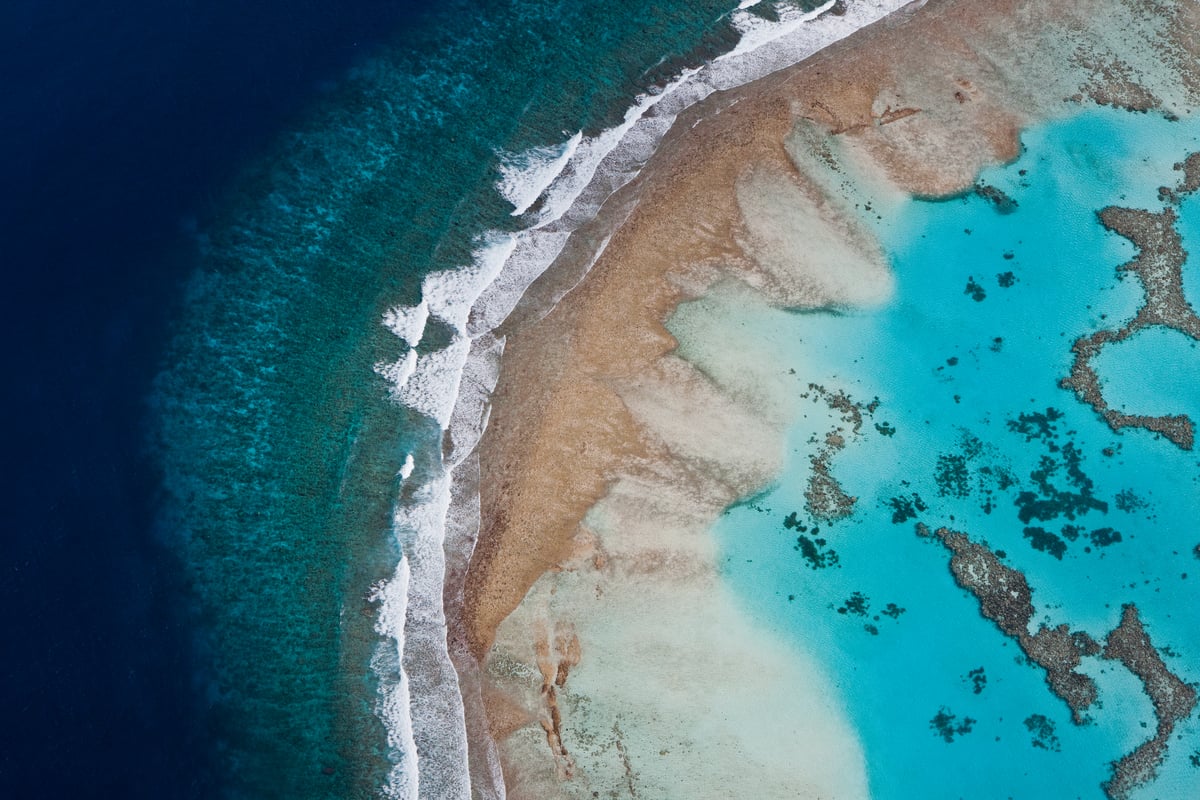
The adoption of the Global Oceans Treaty by the United Nations in June 2023 was a massive step toward ocean protection. It took decades of work from many nations and organisations and the support of millions to achieve, but there is still work to do: The Treaty is a powerful tool — which can be used to create vast ocean sanctuaries where marine life can recover and thrive — but will only enter into force once at least 60 governments have written it into their national law.
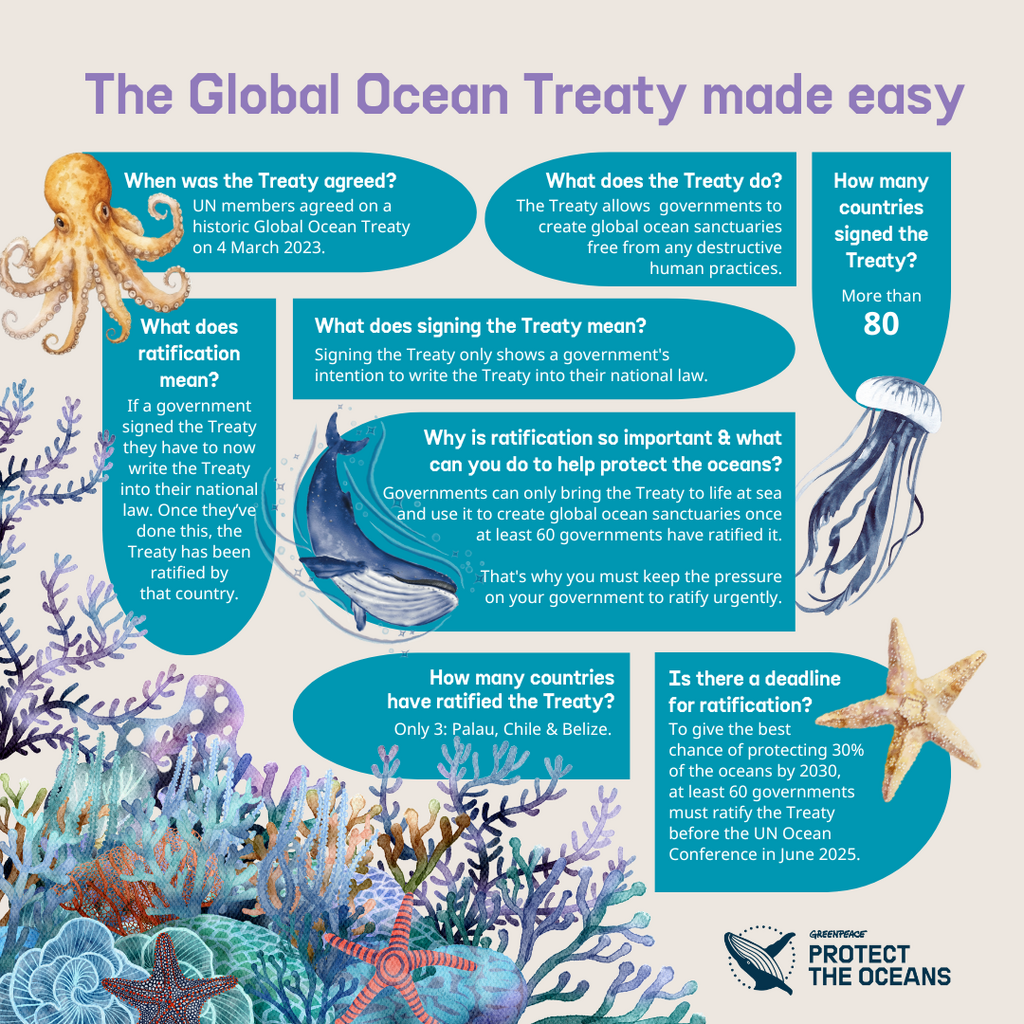
The world is watching — and waiting on — this countdown for ocean protection!
Which countries have written the Global Oceans Treaty into law?
From early ratifiers like Palau and Chile and all the way through the number 60 we’ll be tracking nations as they sign the treaty into law.
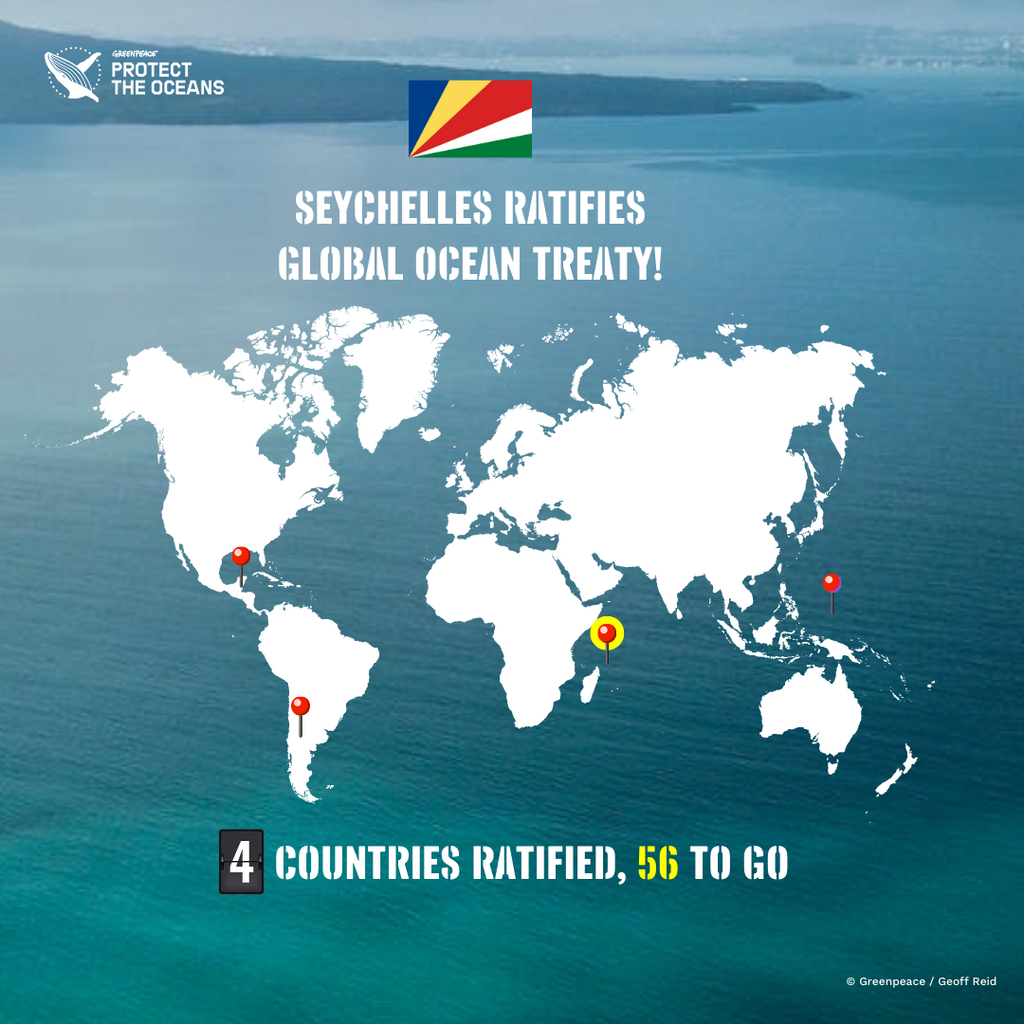
Countries to ratify: Palau, Chile, Belize, Seychelles, the European Union
Don’t see your home or resident nation included above? Add your name to our global petition to call on leaders to create new ocean sanctuaries and protect our blue planet:
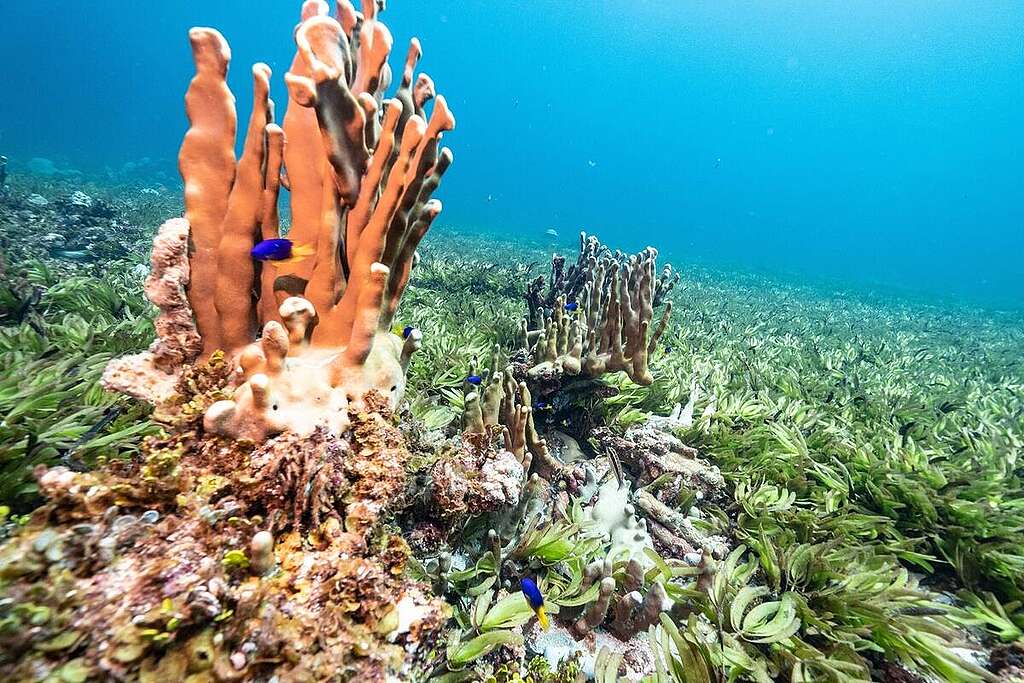
Add your name to call on leaders to create new ocean sanctuaries and protect our blue planet.
Greenpeace urges governments to ratify the Treaty by the UN Ocean Conference in Nice in June 2025, and at the same time to create new marine protected areas.
From Treaty to Sanctuaries
With a heating climate, overfishing and pollution pushing our oceans to the brink of collapse, world leaders need to sign the Treaty into law to bring it into force and unlock its potential for creating ocean sanctuaries that can ensure we protect at least 30% of the oceans by 2030. Alongside ratification, governments must also start to develop the first ocean sanctuaries proposals.
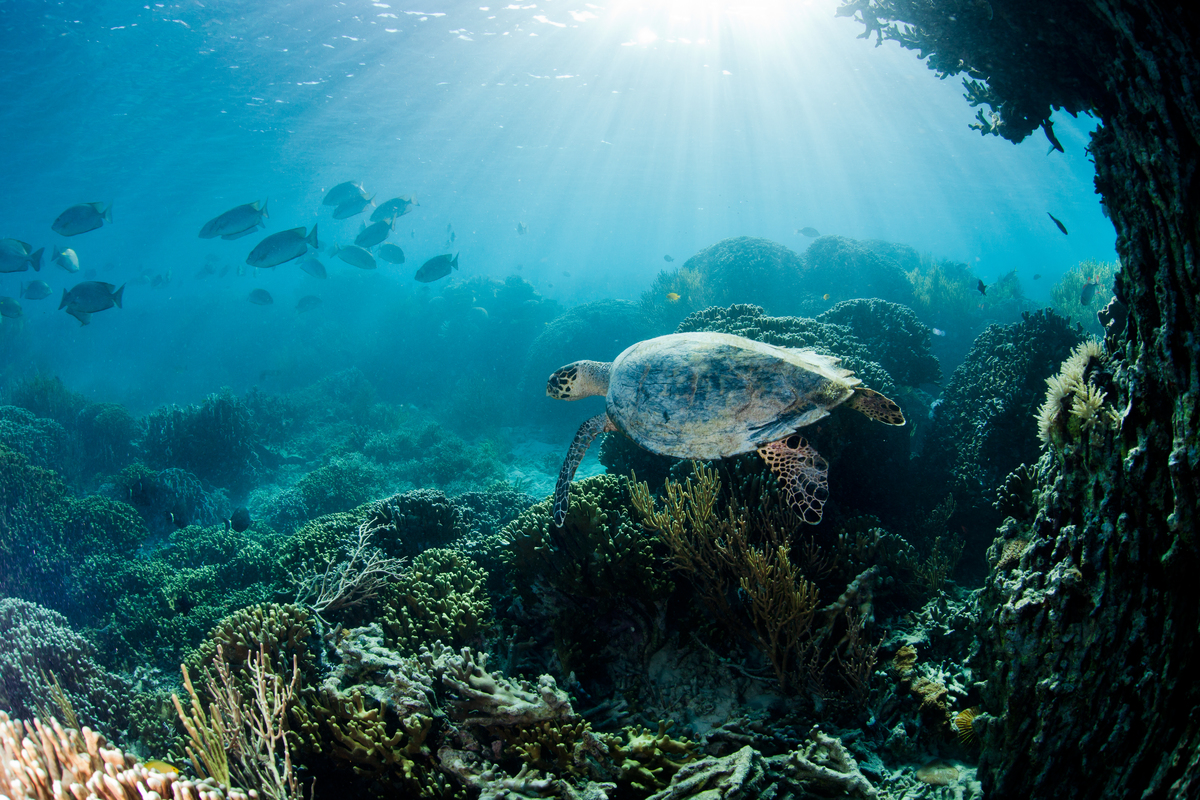
In September 2023, Greenpeace International published 30×30: From Global Ocean Treaty to Protection at Sea setting out the political process to deliver protection for the global oceans.
Alongside ratification, governments must also start to develop the first ocean sanctuaries proposals. The report outlines the political steps and actions necessary to establish ocean sanctuaries using the Treaty and recommends three specific sites on the high seas to be the first set of ocean sanctuaries, due to their ecological significance: the Sargasso Sea, the Emperor Seamounts in the Northwest Pacific Ocean and the South Tasman Sea/Lord Howe Rise between Australia and New Zealand.
We’ve come so far since 2005, when Greenpeace first publicly called for a new treaty under the UN Convention on the Law of the Sea, which would protect biodiversity and provide tools to create marine protected areas on the high seas.
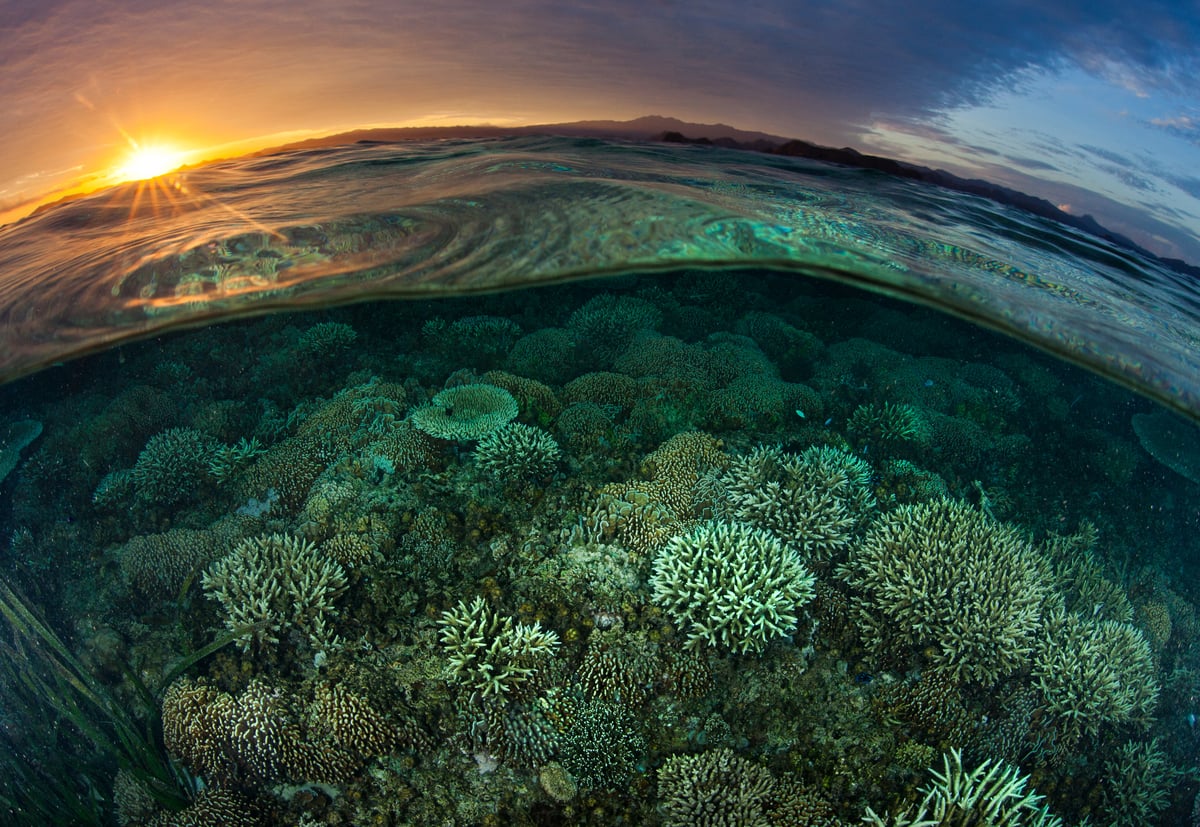
The journey toward safer oceans continues, and we’ll only make it far as we go together!
Becca Field, Chris Greenberg, and Gaby Flores are Multimedia and Content Editors at Greenpeace International.
Texte intégral (1659 mots)
One of the most extraordinary experiences I’ve had as a marine biologist was when we were tracking lobsters on Wolf Island in the Galápagos Islands in 2003. The work occurred at night, so I used to take a nap after lunch. One day, I was still asleep in my pyjamas when suddenly, someone came running to tell me there was a whale shark under the boat. I thought they were joking, and tried to ignore them, but they kept insisting, and when I looked over the deck, sure enough, there it was. I was so excited that I just jumped into the water. The crew passed me a diving mask, and I spent the next 45 minutes swimming around in my pyjamas with a juvenile whale shark. I started asking myself where it had come from and where it was going. Years later, I would discover that juvenile whale sharks are actually quite rare in the Galápagos. Most whale sharks here are large adult females, and we still don’t know why!
The natural environment has always fascinated me. Initially, I wanted to become an ornithologist because I love birds. I never saw myself as a marine scientist until I was about sixteen when we went on a school trip to the north of Spain. We spent a week in Galicia doing science work on the seashore and boats, which changed everything for me. After finishing my PhD in Ocean Science in 2001, I came to the Galápagos, and I’ve been involved in research here ever since.
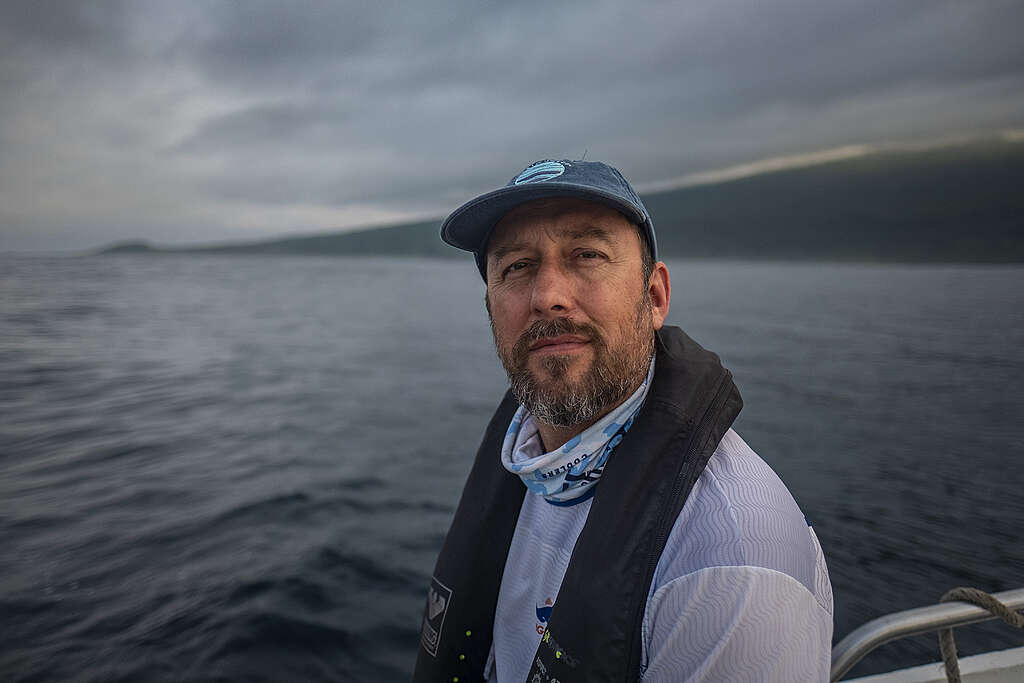
I joined the 2024 Greenpeace Galápagos expedition on the Arctic Sunrise to help gather information on the variety of fish and larger marine life that live in the oceans around the Galápagos Marine Reserve. The open ocean is much more vulnerable than we thought, and we need a baseline to measure change and improve the conservation of this area.
The primary goal of this expedition was to track sharks around the Galápagos Marine Reserve and understand to what extent they live inside protected waters and move out to unprotected waters. In this region, there are several endangered or critically endangered migratory species that we’re interested in, like hammerhead sharks, which move between the Galápagos Island and Cocos Island along a swimway called the Cocos Ridge.
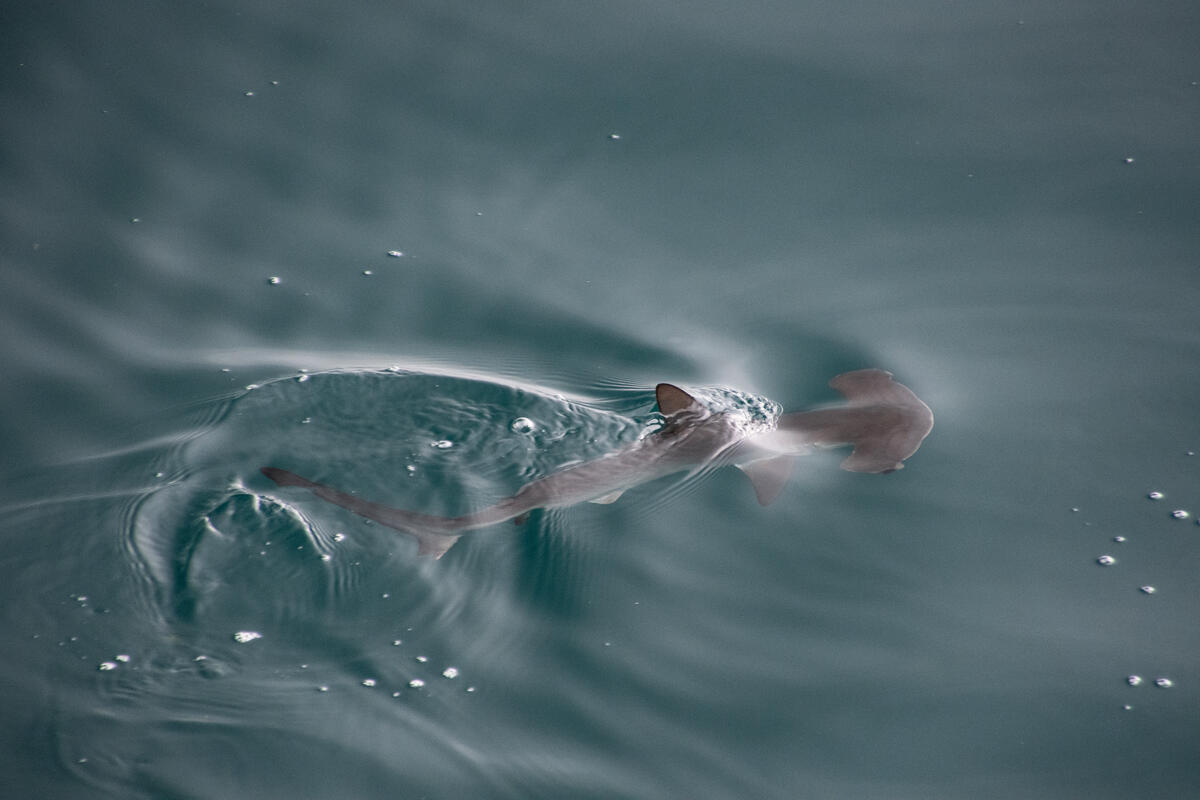
Human activities like overfishing, poaching, or ship strikes directly impact these creatures, and there are things we can do about these dangers. By studying the populations, habitats, and migratory routes of the affected species, we can create areas to protect them.
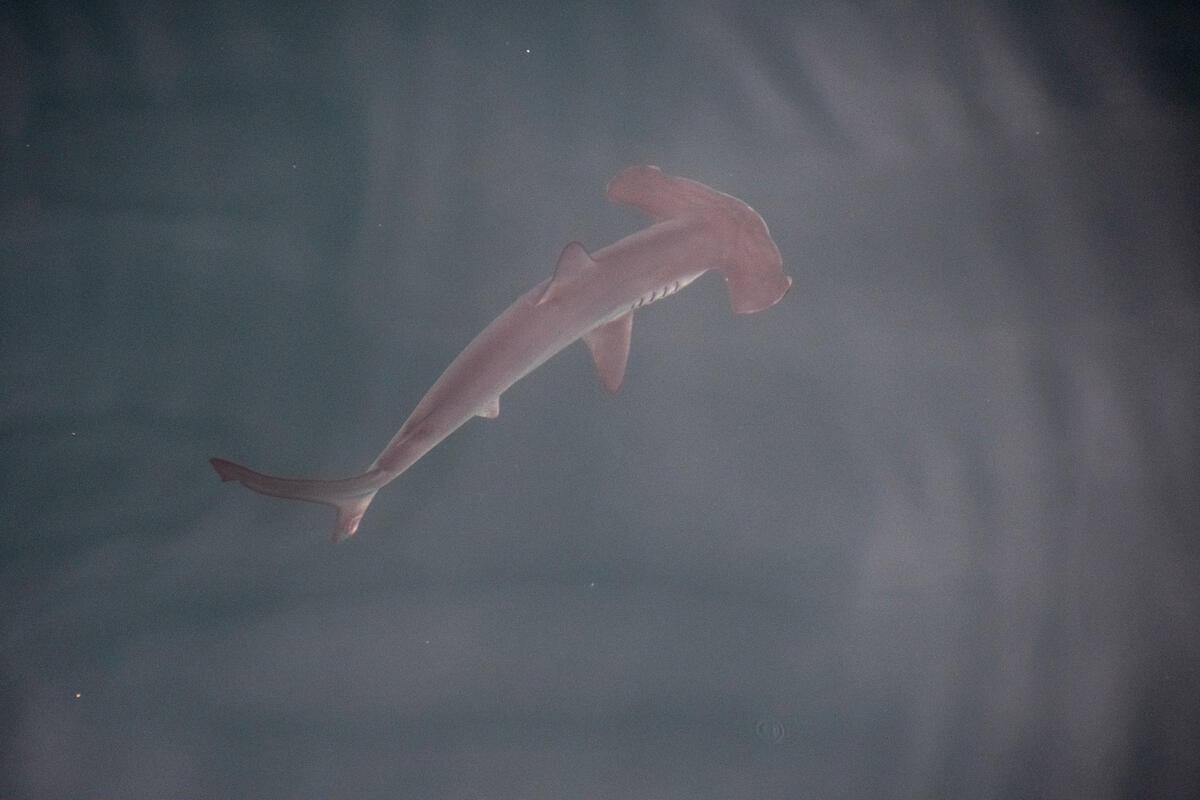
The historic Global Ocean Treaty is a tool countries can use, but they must first ratify it as quickly as possible. The Treaty can only be brought to life once at least 60 governments have written it into their national laws.
If we’re serious about protecting 30% of the world’s oceans by 2030, political leaders must prioritise Treaty ratification or time will run out. Leaders come and go, but the ones who ratify the Treaty will leave a legacy of lasting impact for generations to come.
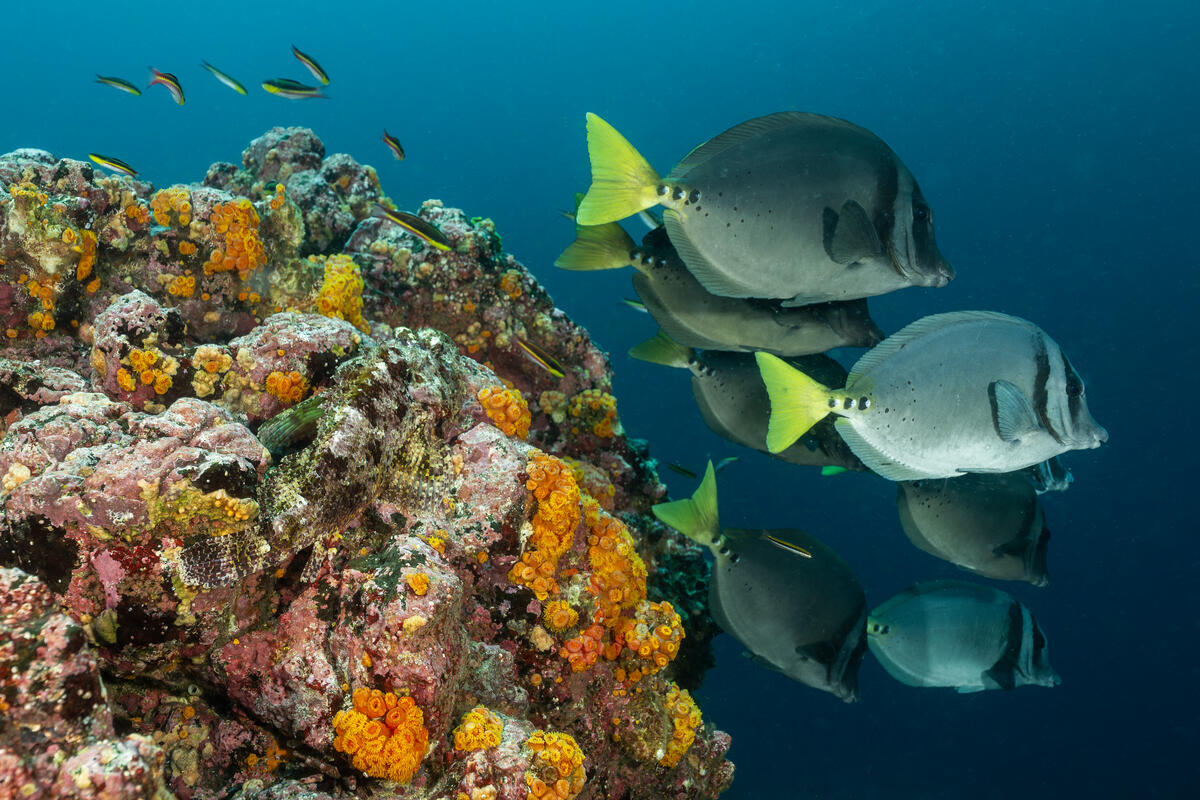
The oceans not only provide a home to many incredible species, but they’re also extremely important in regulating the climate. There is no green without blue. The high seas comprise over 60% of the world’s oceans, and whether we think about them or not, they are relevant to our daily lives. Oceanographers recently discovered that Galápagos can affect the climate as far away as the United Kingdom thanks to a system of currents that transports heat throughout the oceans.
We’re one little blue planet floating in the middle of a vast, cold emptiness of space. Without the oceans, there is no life on Earth; that’s why we simply cannot fail to protect them.
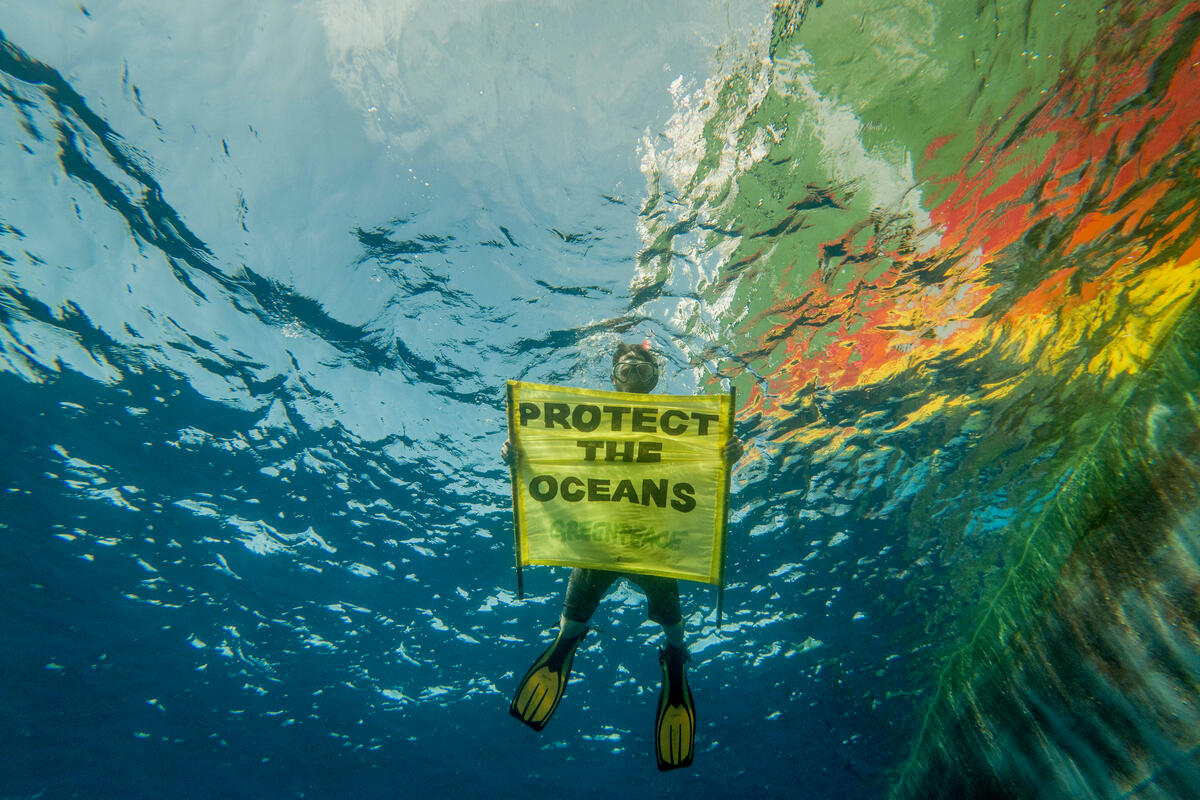
Alex Hearn is a Professor of Marine Biology at Universidad San Francisco de Quito in Ecuador and co-founder of the Galápagos Whale Shark Project and MigraMar.

Add your name to call on leaders to create new ocean sanctuaries and protect our blue planet.
Reporterre
Bon Pote
Actu-Environnement
Amis de la Terre
Aspas
Biodiversité-sous-nos-pieds
Bloom
Canopée
Décroissance (la)
Deep Green Resistance
Déroute des routes
Faîte et Racines
Fracas
France Nature Environnement AR-A
Greenpeace Fr
JNE
La Relève et la Peste
La Terre
Le Sauvage
Limite
Low-Tech Mag.
Motus & Langue pendue
Mountain Wilderness
Negawatt
Observatoire de l'Anthropocène
Présages
Terrestres
Reclaim Finance
Réseau Action Climat
Résilience Montagne
SOS Forêt France
Stop Croisières
